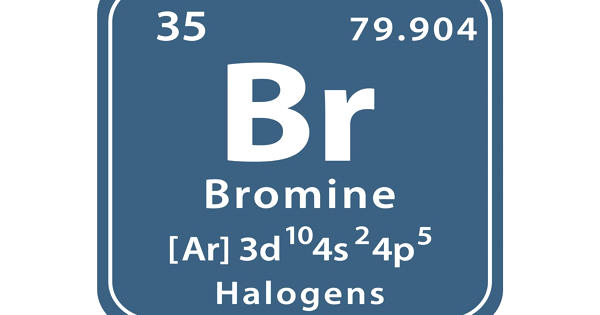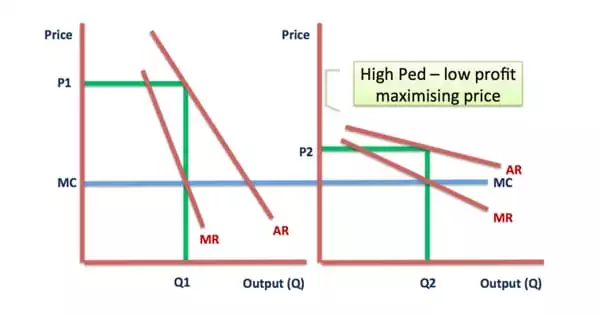Glutamate flavoring is the generic name for flavor-enhancing compounds based on glutamic acid and its salts (glutamates). It refers to the use of glutamic acid or its salts (primarily monosodium glutamate, or MSG) as a flavor enhancer in food. It enhances the umami taste — one of the five basic tastes (along with sweet, salty, sour, and bitter) — often described as savory or meaty. These compounds provide an umami (savory) taste to food.
Glutamic acid and glutamates are natural constituents of many fermented or aged foods, including soy sauce, fermented bean paste, and cheese. Glutamate is a naturally occurring amino acid that plays a crucial role in flavor enhancement, especially associated with the umami taste, which is one of the five basic tastes (alongside sweet, sour, salty, and bitter). They can also be found in hydrolyzed proteins such as yeast extract. The sodium salt of glutamic acid, monosodium glutamate (MSG), is manufactured on a large scale and widely used in the food industry.
Properties
- Chemical Structure: Glutamate is the anionic form of glutamic acid, a non-essential amino acid. The most common flavoring form is monosodium glutamate (MSG), the sodium salt of glutamic acid.
- Taste Profile: Glutamate imparts the umami taste — savory, meaty, or broth-like. Enhances the perception of saltiness and reduces bitterness in foods.
- Solubility: Highly soluble in water, making it effective in soups, broths, and sauces.
- Stability: Stable under normal cooking conditions. Maintains flavor-enhancing properties across a wide pH range and temperatures.
- Synergistic Effects: When combined with inosinate (IMP) and guanylate (GMP), the umami effect is significantly amplified — a phenomenon known as synergism.
Natural Occurrences
Glutamate is abundant in both natural foods and fermented products:
- Naturally High in Glutamate: Seaweed (especially kombu): Traditional source used in Japanese dashi, Tomatoes (especially sun-dried), Parmesan and other aged cheeses, Mushrooms (shiitake and others), Soy sauce and fermented bean pastes, Meat (especially beef and poultry), Fish and shellfish, etc.
- Fermented or Aged Foods: Glutamate concentration increases during fermentation or aging, which is why these foods are often more savory. Examples: Fermented soy products (e.g., miso, soy sauce), Fermented fish sauces, and Dry-aged meats.
Synthetic and Culinary Uses
Monosodium Glutamate (MSG) is produced industrially through fermentation of starches (e.g., from sugar beets, cane sugar, or molasses). Common in:
- Processed foods (snack foods, seasonings, canned soups)
- Restaurant cuisine, especially in East and Southeast Asia
- Low-sodium foods, as glutamate can enhance flavor without needing more salt
Health and Safety
Generally Recognized As Safe (GRAS) by the FDA and other global food safety authorities. Some individuals report sensitivity to MSG (often called “Chinese Restaurant Syndrome”), though clinical evidence is limited.
















